Wonderful perennials with tuber-forming roots and flowers combining tenderness and inspiration. When the flowers have not yet revealed, they look like graceful roses or peonies. When the flowers already in the open state, some may seem that these are spherical chrysanthemums or spectacular poppies with several rows of petals. In fact, it is cute wounds, about landing and leaving for which it will be discussed in the proposed article.
Overview of Ranuncoules
The genus Ranunculus includes various herbaceous plants with a perennial or annual development cycle. Their native habitats are small asia, the south-eastern part of Europe. And such an interesting name was given by scientist Pliny, probably because many types of this representative of the flora love wet, swampy places. With Latin "Rana" translates as a "frog", and these amphibians also adore the swamps. Belongs belong to the ottikov family. The juice is lyuty, that is, caustic, poisonous. Those wild buttercups that grow in large quantities in the meadows and on the shores of the reservoirs and please their bright shiny little flowers, reminiscent of miniature stars - these are relatives of those cultivated wounds that are now planted in garden flower beds. And those yellow wounds The Italians nicknamed "golden butchers." Now there are about 600 species and hybrid varieties of Ranuncouleus. Modern wounds are placed not only in the gardens and parisades, but also on loggias, window sills. Bouquets with pink and white ringings like brides, in a cut form in the vases, they perfectly cost more than two weeks. In plants, strong stems whose height can be from 20 to 80 centimeters. The leaves are deeply dissected, they are bright green. The diameter of the balloon flower is five to eight centimeters, and painting - pink, red, purple, orange, raspberry, lilac, salmon, snow-white, yellow. There are no varieties that form blue and blue flowers. But you can meet a variety with a two-color coloring petals, a contrasting drive, catchy strokes and strokes. Coloring flowers are placed on a plant in one or groups - three or four. They exude a thin fragrance, there are also nonpauch varieties. Ranunculus roar roots are similar to the underground part of dahlias. Only they are smaller. They are also taken out of the ground in the fall, and their storage conditions are similar to Georgians.
Flowerwoods are more popular with Ranunculyus Asian (the second name is the asian buttercup). There are three of its varieties:
- persian - their flowers can be initially taken for roses, someone resemble "turbans";
- french - form semi-world balls of spherical shape and dark spot in the center;
- peony-shaped - they have spectacular large red, yellow, purple, gentle pink or white flowers.
It is less common than a Chalmid-shaped (African) buttercup - his dense-level inflorescences have some similarities with peonies.
Simple or semi-gravel flowers are formed at the lowered variety of Rebecca Mix.
French grade forming semi-world flowers is called "Mache F1".
Lush pionic flowers show varieties: "Purple Picotee", "Blomingdale Rose Bicolor".
For cutting and compiling bouquets, varieties are grown - "Festival", "Picota", "Flamenko", "Success", "Merlot", "Elegance", "Pon-Pon". Ranunculus are perfectly combined with peonies, roses, anemons, gallows, amaryllis.
Several features of growing raincoolus
- Asian buttercups are suitable for flower beds, parisades, rocaries, mixtures, floor vases, balcony containers, as well as for distortion in winter or spring time and cutting.
- In order not to burn the roots, try to acquire such fertilizers for feeding, where biohumus is present in the composition.
- When the Ranuncoulyus is formed flowers, he really needs limestone and potassium. It can sometimes be watering with dolomite water (just stirred the dolomite flour before irrigating in water).
- Ranunculuss are not distinguished by frost resistance, their root system cannot withstand the winter period, therefore, from the open soil, the tubers of this plant dig up to the arrival of frosts.
- If you grow an Asian buttercup in a pot, then when flowers are revealed on the stems, transfer the pot into the shadow, reduce the watering mode, such techniques will allow the plant longer to bloom.
- In one pot or container, you can send tubers of Asian buttercups, giving different flowers in coloring. Then you will have a colorful elegant bouquet.
- Those flowers that are already wound, cut off the plants, then new flowers will quickly form and open. After the flowering period, the stalks are cut at the level of their base.
Places and deadlines for the landing of the Ranuncouleus
Immediately decide on the territory where they place the Ranunculyus, so that it is not disturbed by the transplants that he does not like it. If you provide him with a half-life place, then the color of the flowers will turn out to be more rich and bright, the flowering duration will increase. The place must be protected from the walking drafts. The soil should be light, loose, fertile, the neutral reaction of the medium is desirable, but the weakness is allowed. A good option is a black mill with the presence of humid and sand or peat ground neutralized with chalk. Ranunculyuses are developing on loams. It is important that when watering water is quickly absorbed, it was not stuffed. In order not to rot the root system, the drainage material (large sand, ceramzite) is mounted at the bottom of the landing pit. Before carrying out the landing, you can add compost to the soil with a repack and with the help of Fundazola to treat the Earth.
On flower beds or in a flower garden, you can send Ranunculyus when it warmer well, and all spring frosts will stay behind. Approximate deadlines - the last days of April and until May 10. Seedlings that you have grown from seeds can be moved to flowerbeds in mid-May.
Ranunculus from seeds
Immediately you will not know that the seeds of the garden leaf germination is low. It is advisable to take seeds from those flowers that are revealed first on the plants. When they bloom, carefully wrap their dense gauze and make sure they do not wake up when ripening on the soil. In the middle of February (or in the first half of March), take the container, fill it with a light wet soil, distribute the wound seeds on the surface, and then sprinkle them from above the same soil to get a layer in a centimeter (or slightly less). Wrap the container with a film or top. Put the glass. Put the container on the window sill in a well-lit room where the temperature rests in the range of 15-17 degrees. Sometimes it takes the glass, wipe the condensate from it and check if it is not necessary to moisten the soil. Glass or film shoot in about three weeks, sprouts should get out of the ground. Next, the collection of shootings is ordinary - the content in the cool room (up to 20 degrees), neat watering, if necessary, good lighting and picking into plastic cups, when they have two pairs of good leaves. So that the seedlings are not pulled out, they will have to be heated. In May, seedlings in the cups move to the greenhouse. Around the middle of May they can already be planted at a permanent place. It is possible that in the first season you will not see their bloom. But they will develop well, the autumn of their muscles will need to be removed from the ground and send to storage. And next summer season you will enjoy their colorful bloom.
Wear a landing of the Ranuncoules in an outdoor ground
To begin with, we prepare tubers for landing. For this, after you examined them, we discarded soft, overwhelmed with diseases, soaked all the good for 8-14 hours in water, into which the crystals of manganese or biological preparations were added to stimulate growth (for example, "HB-101" or "Epin "). Make the pits whose depth is about eight centimeters. If necessary, put the drainage layer. Bulunculyus tubers in the pits should be positioned so that their "horns" (or "legs", or "keyboats") were lower. And between the tubers there should be a distance of 10-15 centimeters. If there will still be a risk of night frosts, then in the evening, cover the landing "no bowl" or straw. Two weeks later, sprouts break out of the ground. Typically, the flowers on the plants grow in two months.
What is the care for the ranuncules?
- Watering is regular, but moderate. It is important that the water is not stood in that layer, where tubers are placed, otherwise they rotate. The first symptoms pointing to the fact that the root rotting process began underground - this appearance on the stem and leaves of mold and dropping the boutons.
- Lucm soil after rain, elimination of weeds.
- Trimming fading flowers.
- Upboot twice a month by organica, potassium sulfate, ash.
The reproduction is most often carried out by subsidiaries, which are abundantly formed on the maternal tuber, and less often by seeds.
Treps, web ticks and colonies of Tly can harm plants. Insecticidal funds are usually used to combat them. For the purpose of prevention, it is useful twice a week to spray with a solution of mercaptophos (other names - demethon, systox).
Only in the southern regions, Asian buttercups are able to fall under good shelter. In the regions with cold winters, their tubers certainly dig and return to the ground only in spring.
When digging ringings?
If you see that the leaves from the ranunkulyuses wishes and began to die, then you can proceed to the dig of the underground part of the plants. Remove the blunculus tubers carefully, because the rhizomes are very fragile, can break. "Nests" divide on the nodule. In an adult plant on one club grows another five to seven. And the seedlings have been planted from seed in the spring, they will grow three "kids." Lock the earth, wash the tubers and send for 30 minutes to the heatman's solution. Then let the muscle dry in the shade of about two or three days.
Well dried muscles are placed in paper bags or boxes and pack. You can store them in the cellar or in one of the boxes of the refrigerator. Several times for the winter check the condition of tubers. If you see traces of fungal rot or bothering, then such instances are better removed. If the process of disguised only began, you can try to trim this cloth, cut out the "green". But to store such cropped tubers is necessary separately from the rest of the planting material.
Tracking and maintenance at home
For distortion you can buy wounds of special varieties or lowered. Close in pots of tubers from August and until December. Flowers on plants appear in about 90 days. If you wish that the flowers revealed in the first days of March, then the tubers in the ground send on November 28-30. On the eve of the day, tubers are supervised in a mortgage solution. Take a wide pot, do drainage holes in it. Place the drainage layer on the bottom. Fill the container with the substrate, then put several muscles in it and spread the substrate more. After watering, transfer the pot into such a place where the temperature will be no more than 12 degrees. When the sprouts reach several centimeters, transfer the pot into the room, where the temperature should be about 20 degrees (it should not raise more than 22 degrees). Moisten the land in a pot in a timely manner, sometimes add fertilizers to water for watering. If the plant suddenly begins to reset the buds, then this is the signal that the soil in the pot is overly moistened. Another happens if the room is very cool. It is necessary to transfer the plant into a larger room with good lighting. And adjust it with watering. If water flows into the pallet after irrigation, then it should be poured. On excessive watering says molds on leaves. They should be cut, the plant is treated with a fungicidal drug and in the future not to fill.
Many Asian buttercups bloom in the middle of summer, with caring care they give flowers for 30 days. If you want to see the original flowers on the Ranunculus before, then falling out his tuber in the middle of March. Care for them at home, and in mid-May it is neatly so as not to fall apart by the earthen com, move the contents of the pot to the garden.

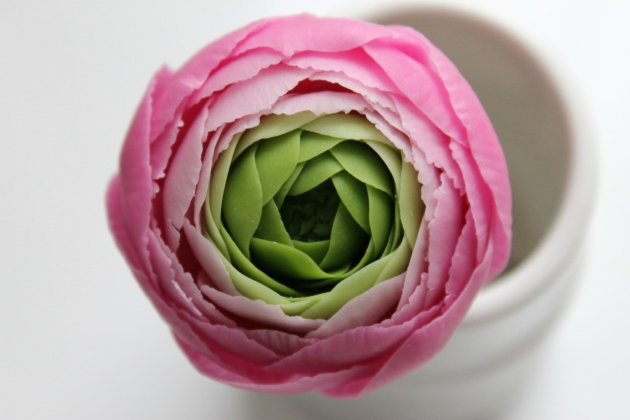
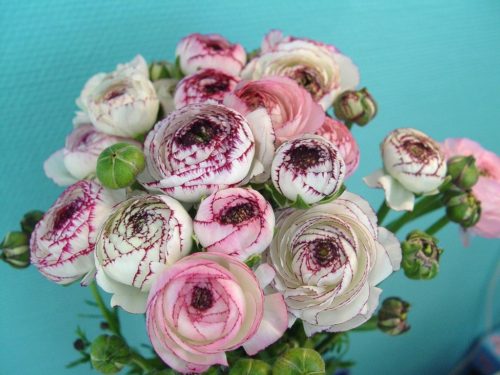
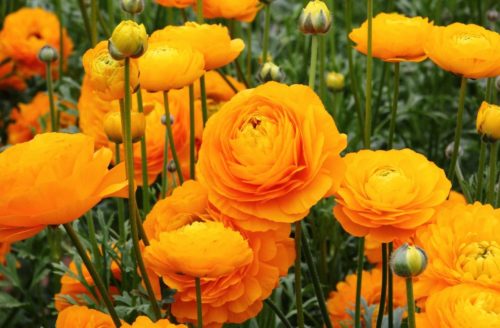
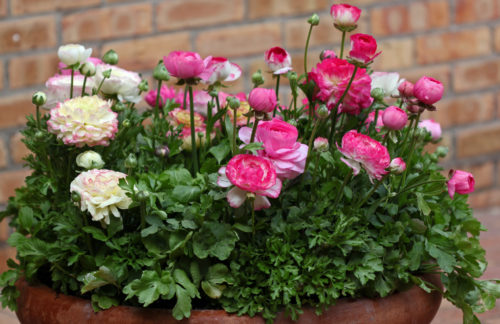
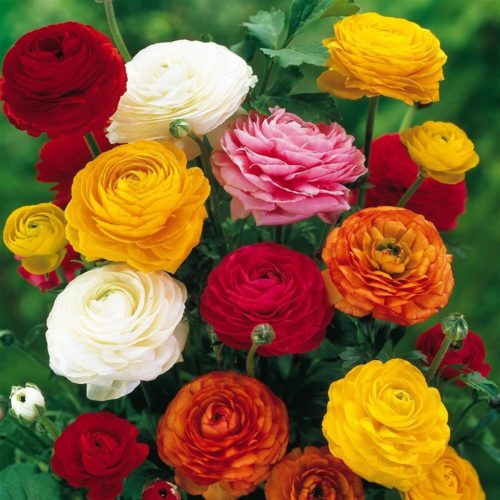
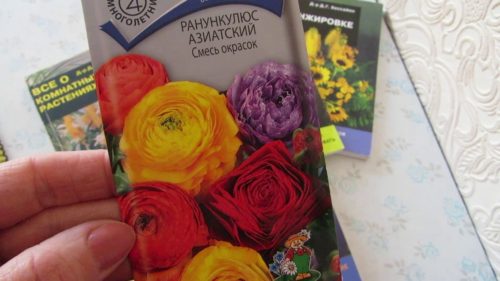
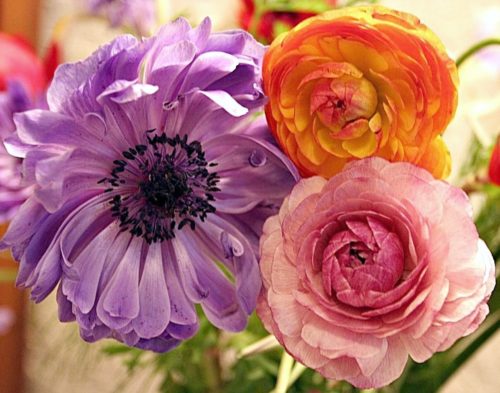
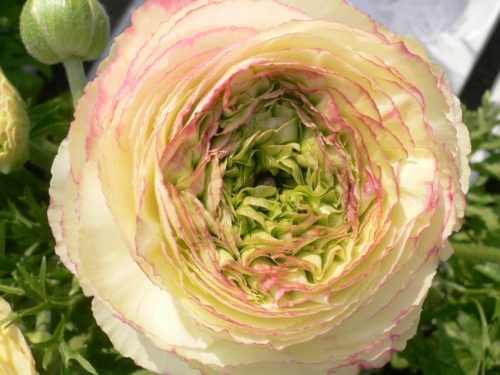
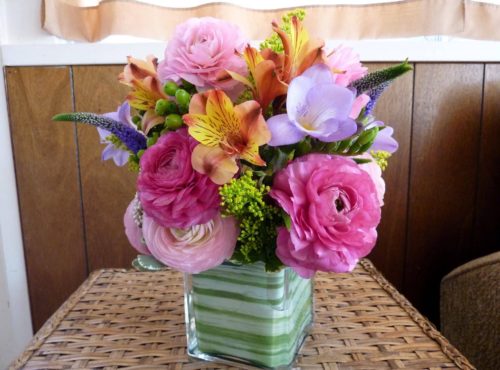
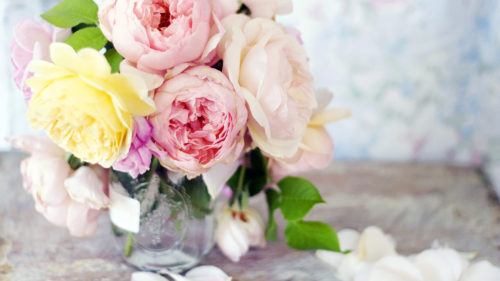
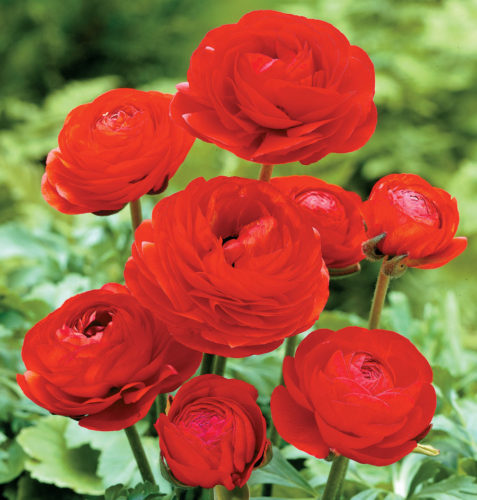
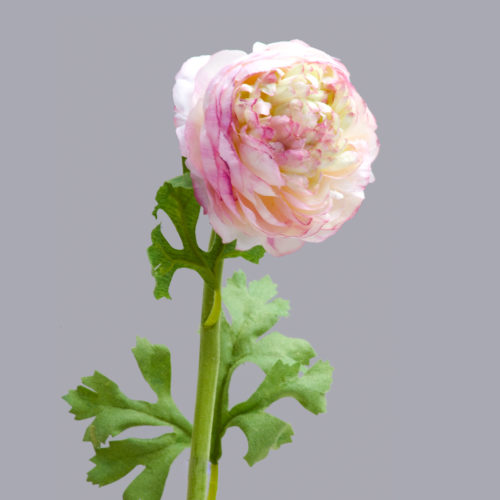
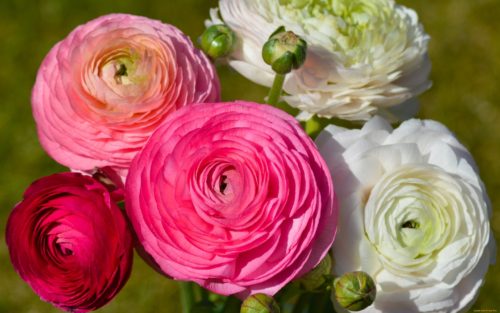
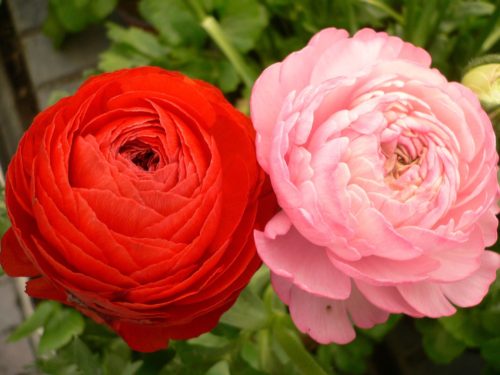
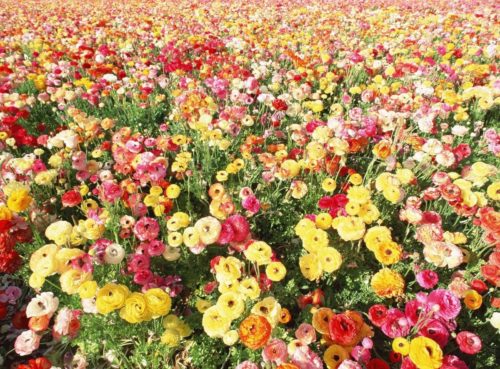
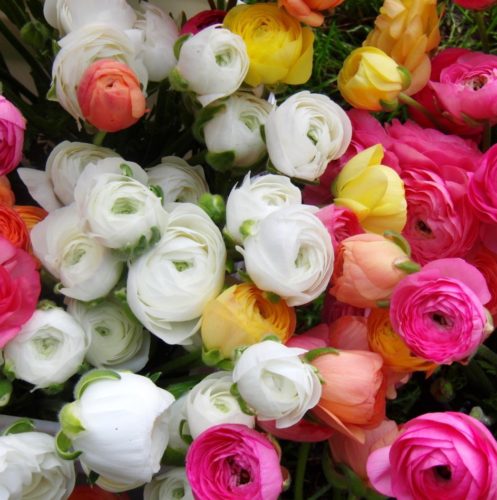












 Start a discussion ...
Start a discussion ...